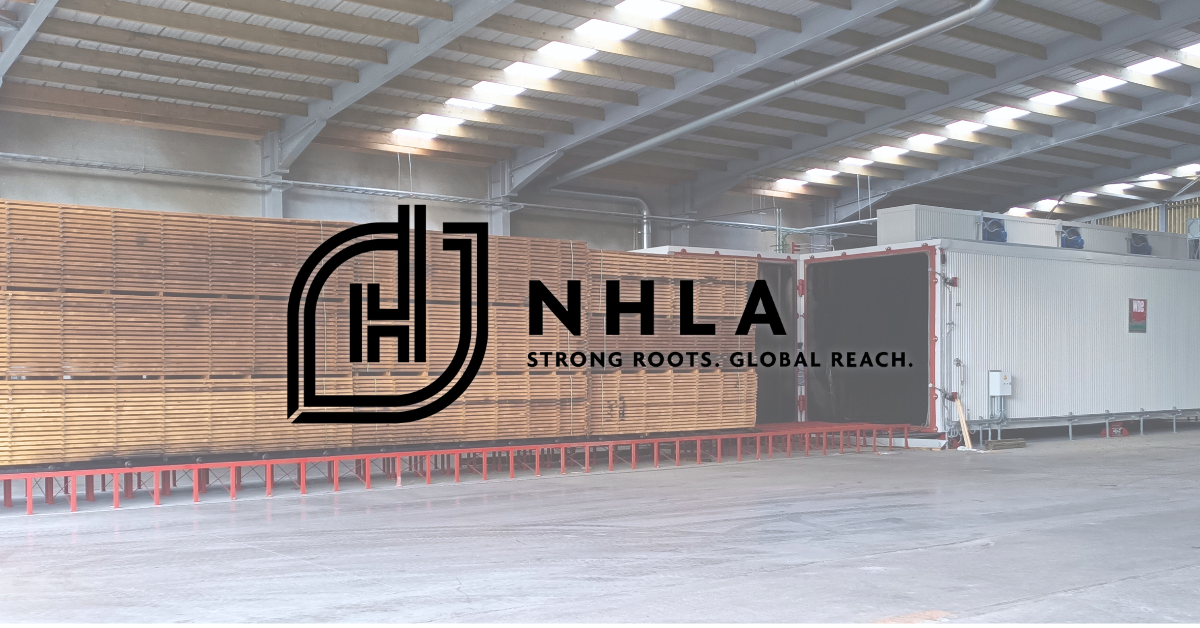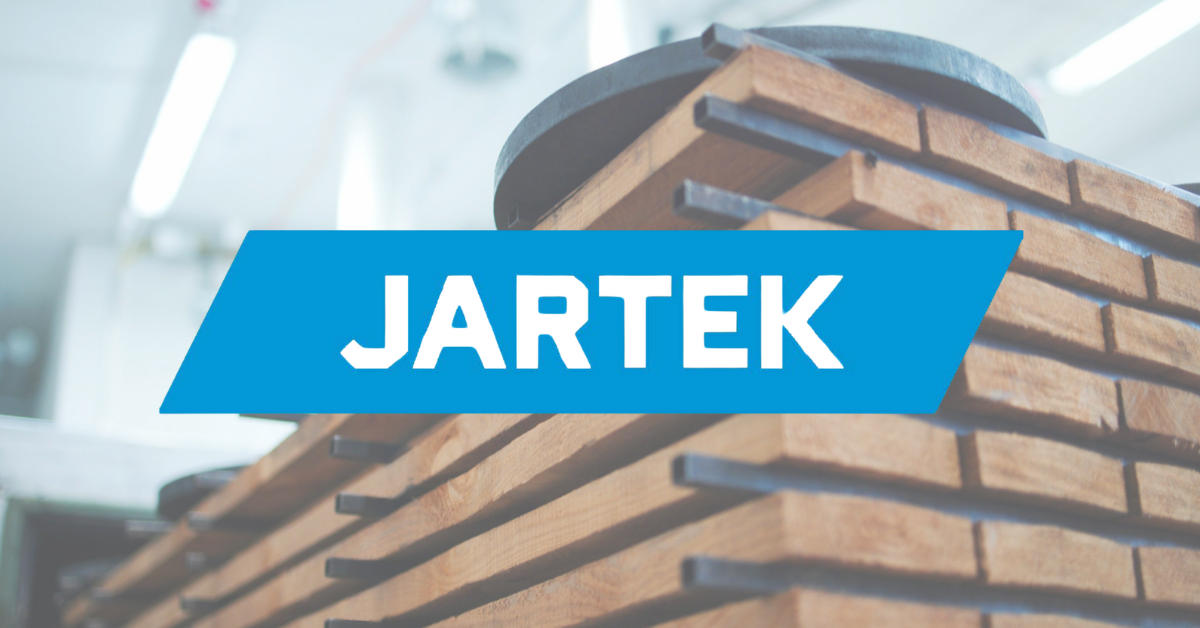Industry Innovators
I am an NHLA grading rules guy. A graduate of the Inspector Training School, I spent more than eight years grading lumber full-time for our company. I still occasionally grade lumber at our facility to keep my skills honed. I have been a member of the NHL A Rules Committee for 25 years. I even collect old NHLA Rule books, of which I have over 45 different editions dating back to 1911. The grading rules establish the parameters that separate the values of each board for a hardwood lumber producer. When running a sawmill, it is important to be a rules guy.
Spending my entire life in the sawmill business, it is easy to have tunnel vision around the rules. But for consumers of our products, the grading rules don’t always align with the specific requirements of how they want to use the lumber. As an amateur woodworker, I have come to understand that fact more than ever. If I need a 5-1/2” finished width for a project I am making, I need to dig through my pile to find a board that will provide me with the least waste and will reduce “my labor” costs. The same situation is happening for our customers. For many of our customers, random widths, random lengths, and minimum-sized cuttings offer too many opportunities for increased waste and higher labor costs. This is where the companies I call “Industry Innovators” have stepped in to fill this great void.
In the file rack, on the corner of my desk, sits a Proprietary Grading Specifications Guide for Walnut Lumber published by Hardwood Industries, Inc., headquartered in Sherwood, OR. It was given to me about nine years ago by one of their purchasing agents during a visit to our mill. In this catalog, 20 different proprietary grades of Walnut lumber are offered in six different thicknesses. This catalog blew my mind as I contemplated how a company could take the three basic NHLA grades of FAS/F1F, 1-common, and 2-common and turn them into 20 different separations. If you go to their website, you can also find additional catalogs for ten other hardwoods. I have kept the catalog within reach all this time because I thought they were really on to something.
In my conversations with Jeff Wirkkala, President of Hardwood Industries, Inc., he reiterated the same issues that I have as an amateur woodworker. “When you watch a customer select lumber, you get some insight into the way they think. Bottom line, a customer wants to purchase the least amount of lumber to get their job done.” All the principles of good business are contained in this statement. “Less lumber needed, less labor for processing, less waste, less inventory left over after the job is done, less risk, and the job is repeatable.
Customers will pay more if you can make that happen for them. So, we set out to help make that happen for our customers.”
My next eye-opening experience was during a Hardwood Manufacturers Association tour at Classic American Hardwoods (CAH) in Memphis, TN, back in March of this year. During our tour, I was amazed by the multitude of sorts that they were making. Bill Courtney, President of CAH, told me during the tour, “We have over 1,500 different SKUs in our system. 1,500 different opportunities to meet our customers’ needs.” They, too, have recognized that the consumers of hardwoods need to reduce their waste and labor by having the ability to purchase a product that meets their precise needs. On their website is this statement:
Because we refuse to be bound by traditionally perceived restrictions of the national hardwood lumber industry, we have been able to outperform our competition by meeting our customers’ ever-changing needs and specifications.
The innovative thinking of these two companies has had a tremendously positive impact on their customers and on the entire hardwood lumber market. These innovators are risk takers and have invested a remarkable amount of capital in equipment and marketing as they pursue their vision of meeting their customers’ needs. Jeff told me, “It was ten years or so before our reputation drove customers to our door to pay higher prices for our products. Today, the market knows we have better than industry-graded products.”
As an NHLA rules guy, I understand the need for standard grading rules for North American hardwoods. The rules must remain an integral component in the manufacture and consumption of hardwood lumber. Most sawmills have a difficult time modifying their production to produce products that meet the specific needs of every one of their customers, so we welcome the “Industry Innovators” like Hardwood Industries, Inc., Classic American Hardwoods, and others like them that are helping us grow and stabilize our industry.
Bucky Pescaglia
NHLA Chairman | Missouri-Pacific Lumber Co., Inc.
Share:
Related News & Blog

October 23, 2025

October 17, 2025
Questions?
Have questions or need any assistance regarding the NHLA Annual Convention & Exhibit Showcase?
